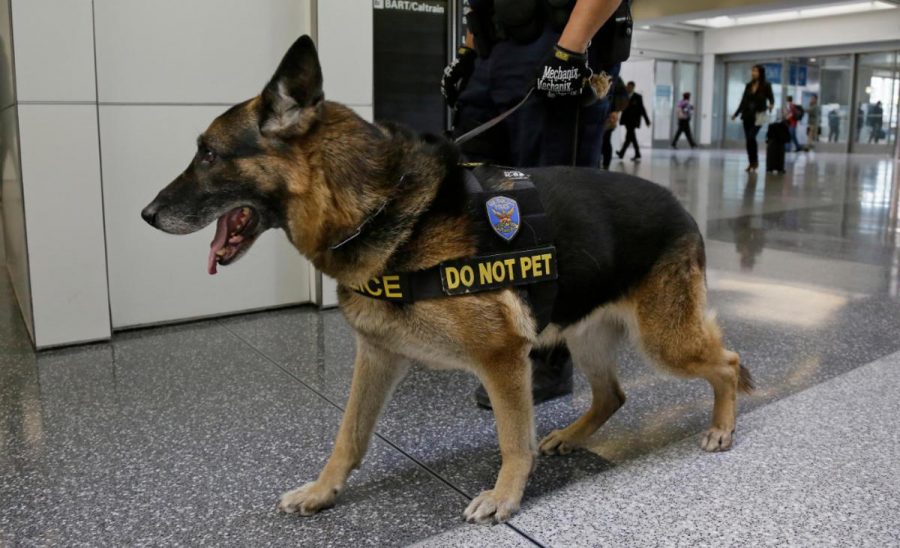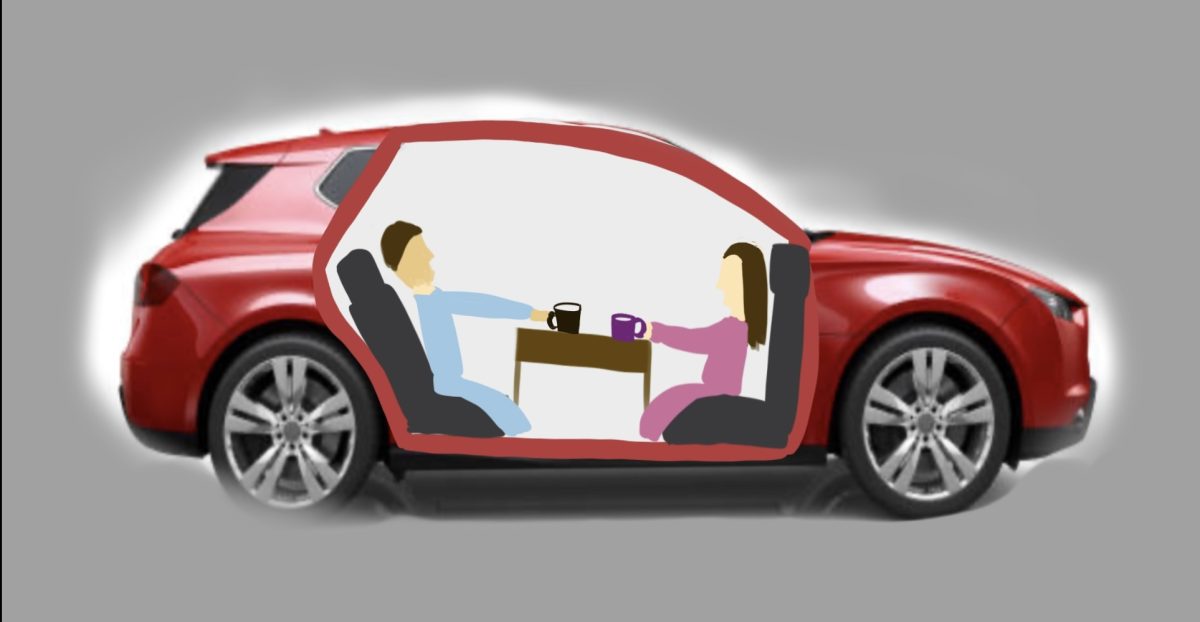The Department of Homeland Security (DHS) recently staged 70 airport security checks in major cities throughout the United States. The Transportation Security Administration, more commonly known as the TSA, failed 67 out of the 70 tests conducted—a whopping 95%—nationwide.
The safety of the general public relies so heavily on the success of TSA when traveling, and with such a serious responsibility, there should not be a 95% failure rate on surprise tests. In light of the test failures, the TSA must take drastic actions to improve overall feelings of security.
At various airports across the country, trained undercover DHS agents attempted to smuggle banned items through TSA screening. The agents achieved an almost perfect record, successfully passing through security with fake contraband such as weapons, explosives, and other illegal items.
According to ABC New, due to the DHS’s vast knowledge of airport security protocols, the TSA argued that DHS testers have an advantage because they can target flaws in the system that an average person, or even a terrorist would not be able to find. However, the problem is not that the DHS can find weaknesses in the system; the problem is that there are weaknesses in the system at all.
Airport security is essential for the millions of passengers that put their trust in TSA agents to keep them safe throughout their flights, including everything from check in to baggage claim. which makes failures in the system unacceptable. Although airport staff knows that there must be an incredible amount of precaution taken, airports are still very vulnerable places — not because of a lack of security in the buildings, but because of the massive amounts of people always gathered in one place. A failure in security can result in unimaginable consequences for the myriad of innocent travelers, which is why there must be a slim margin of error for the TSA.
The majority of vulnerabilities throughout airport security checks are in regards to either human or technological errors that occurred. According to the TSA Blog in 2015, TSA officers screened 708,316,339 passengers, 1.6 billion carry-on bags, and 432 million checked bags; so naturally, there will be some human error expected. Nevertheless, the government spends over $540 million on technological equipment and training, and in accordance to the DHS tests, there is not much success to show for the amount of resources spent while the failure rate is so high.
As a result of the DHS tests, the top TSA administrator, Melvin Carraway, was reassigned, and the TSA was ordered to revise protocol, retrain staff, retest airport screening equipment, and conduct more random testing. Measures of security reform will be taken to help provide more airport safety, but with the incredulous amount of government funds the TSA uses, there is no reason for any type of failure from staff or from machinery.








